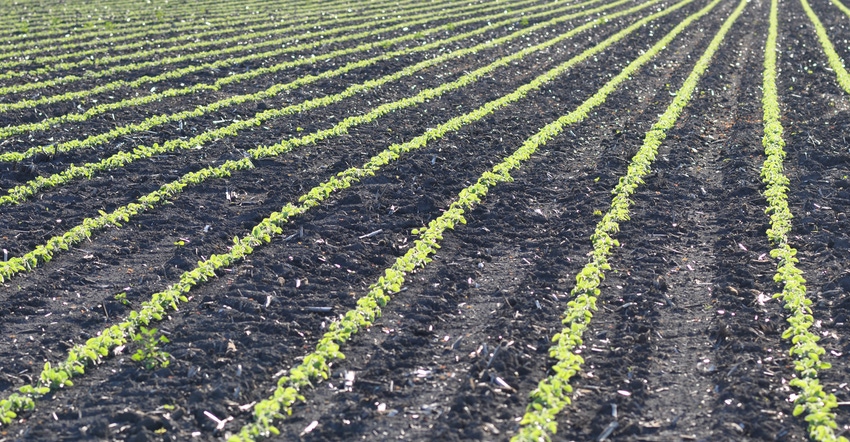March 2, 2021

The overall agricultural outlook is riding several positive economic trends as we enter the 2021 growing season. Rising grain prices and tight supplies are top market drivers to higher farmland values throughout the Midwest, but what else is having a significant impact on prices?
Land values have benefited from the long extended period of low interest rates during the past 10 years. Farmers and land investors have been able to borrow and repay funds at a relatively stable rate on a comparatively low-leveraged asset class during this time. In early 2020, we started to see signs of farm mortgage repayment issues, but that all went away when increased ad hoc farm program payments rolled out, and higher grain prices ended 2020.
Yet the question remains, what would happen if interest rates rose above our current historically low range? Answer: if all other variables remain static, values would likely fall.
For cash investors, unless farmland returns are also increasing, rising interest rates lead to placement in an alternatively higher cash returning asset, as the dividend rate becomes more attractive relative to farmland. For borrowers, when interest rates rise, a higher percentage of the land payment must go toward interest, leaving less available for the principal payment on the land. In turn, that reduces the amount a borrower could pay for the principal amount on that asset. Higher interest rates reduce the present value of future returns — and that leads to lower prices.
But farmland is a very complex asset, influenced by a wide and varying set of factors that affect farmland values. When and how many of the external influences occur in relation to what is happening in the ag economy can have significant impact. Many of them affect each other, and some have more influence than others, depending on order and timing.
Beyond the farm
Prices are composed of some very basic fundamental factors — agricultural income, non-ag-related income influencers, the growth rate of those factors, and interest rates. With stock market prices at record highs and bond yields at historical lows, investors are paying higher multiples for future anticipated income. This reduces the capitalization rates on those investments, including farmland. As farmland earnings were showing strength at the end of 2020 as well as prospects for higher returns in 2021, we observed a marketplace reaction that drove farmland values higher.
Because the COVID-19 pandemic took the general economy to a near standstill in the first and second quarters of 2020, there was a concern of deflationary pressure during that period. The Federal Reserve has only recently relaxed its goal of keeping inflation levels from exceeding a 2% target. A flat yield curve (where short-term rates are essentially the same as long-term rates) has encouraged the use of locking in long-term rates on farmland. As the general economy is expected to expand going forward, we may begin to see some price inflationary pressure.
Often when this occurs, the yield curve steepens, forcing more debt to short-term lengths in order to keep capitalization rates competitive. In essence, farmland values would be expected to fall if interest rates and the cost of capital invested in farmland were to rise dramatically. But the impact will more than likely lessen as long as the yield curve remains relatively stable, as this leads investors to pay higher multiples for future earnings.
At $7.74 trillion, the Federal Reserve's balance sheet continues to reach new highs, increasing over $3.3 trillion in the past year; and for now, it has promised to continue buying bonds at a rate of $120 billion per month. The Fed is working extremely hard to keep interest rates low, but not negative — as is the case in some central European countries and Japan.
The next two years could be a very interesting time for farmland, as prices are rising right back to levels near the 2013 peak in four short months. With positive agricultural fundamentals, outside market factors including low interest rates, and general market price inflation, we might be moving closer to a new high — not a trap door — for now.
Klein is vice president at First Mid Ag Services, Bloomington, Ill., and is a member of the Illinois Society of Professional Farm Managers and Rural Appraisers. Email questions to [email protected].
The opinions of this writer are not necessarily those of Farm Progress/Informa.
You May Also Like




